Washington, MINA – President of the United States (US) Donald Trump this time is making a scene. The reason he made a peace proposal with Israel but without involving Palestinians in it.
On Tuesday, January 28, he met with Israeli Prime Minister Benjamin Netanyahu. In the meeting which was also attended by the US citizens of Jewish descent, Trump boasted that he had drafted peace and promised Jerusalem as the capital of Israel.
But unfortunately, the meeting was not attended by Palestinian representatives. In the end, Palestinians felt Trump’s draft was biased and increasingly biased towards Israel.
One of the hard points is the increasingly shriveled Palestinian territories.
Also Read: UNRWA: 90% of Gaza’s Population Depends on Humanitarian Aid Amid Israeli Restrictions
In his Twitter account Trump illustrates a map of the future of Palestine.
“This is how the Palestinian state will look in the future, with a capital in East Jerusalem,” he wrote through the account @realDonaldTrump.
As reported by Israeli media, The Jerusalem Post, Palestine will still have West Bank territory. But despite dominating in the West Bank, 20 percent of the territory will be taken by Israel.
Jerusalem which is also in the West Bank will become the capital of Israel. All Israeli settlements in this region are still maintained.
Also Read: Two Million Israelis Face Looming Mental Health Crisis Amid Gaza War
Palestine will have the East Jerusalem area. Like Kafr Akab, Abu Dis and half of Shuafat.
Israel will defend the Jordan Valley. Palestinians will lose land in the Negev, near the border of Gaza and Egypt.
Because the positions of the West Bank and Gaza are far apart, Palestine will be given a special route to get to the two regions. But the border will be controlled by Israel.
The recognition of a Palestinian state, even though it has been recognized by the United Nations, will only be given four years later. But with a number of conditions, such as not funding Jihadists and Hamas Resistance.
Also Read: US-Backed Gaza Aid Group Ends Mission Amid Controversy Over Delivery and Safety
If the conditions are recognized, the US will recognize Palestine as a state. Even making economic plans to help the country.
From the data of the CNBC Indonesia, when David Ben Gurion declared the state of Israel in 1948, Israel acquired 48 percent of the territory that was previously controlled by the British. After the declaration, there was an Arab-Israeli war. Israel won and then controlled 70 percent of the territory that was once controlled by the British.
The seizure of territory (and influence) has been at the core of the Arab-Israeli conflict to this day. Arab countries (plus Morocco in North Africa) do not want to recognize Israel’s sovereignty.
In the United Nations there are 31 countries that do not recognize Israel. Although the United Nations, has recognized the existence of the state of Israel through Resolution No. 273 dated May 11, 1949.
Also Read: Israel Allows Only One-Third of Agreed Aid Trucks Into Gaza
In contrast to Israel, it is more difficult for Palestinians to gain status as a world recognized country. In 2011, Palestinian President Mahmoud Abbas submitted a request to become a member of the United Nations.
But the road was very steep. To become a UN-recognized country, Palestine must get the votes of two-thirds of the other members. Plus there is no veto.
The veto was difficult. The United States, as one of the founding nations of the United Nations, has veto power and would likely use it against the Palestinian will to become a member of the United Nations.
In 2012, Palestine submitted a request to become a non-member observer state at the United Nations. The request was approved by voting on November 29, 2019 and became Resolution No. 67/19. The was referred to as de facto recognition from the United Nations that Palestine is a sovereign state.
Also Read: Israeli Occupation Army Kills Four More Gazans in New Ceasefire Violation
As of July 2019, 138 of 193 UN member states have recognized the existence of Palestine as a state. However, because there is a veto risk from the US, it could not be utilized to make Palestine a member of the United Nations. (T/RE1)
Mi’raj News Agency (MINA)
Also Read: Hamas Delegation Discusses Israeli Ceasefire Violations in Cairo Meeting





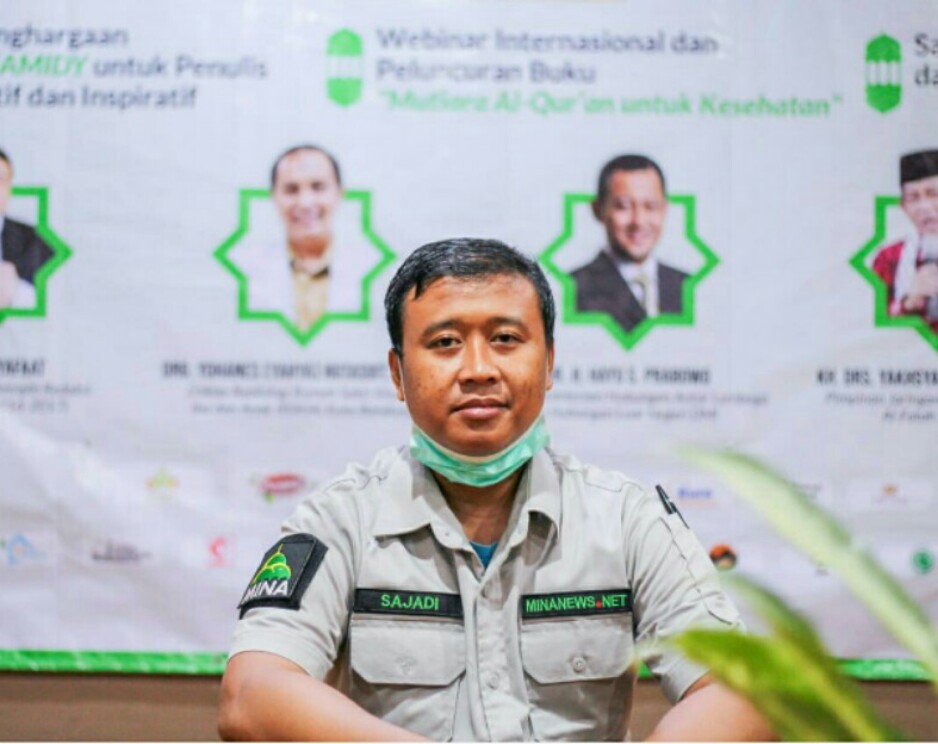
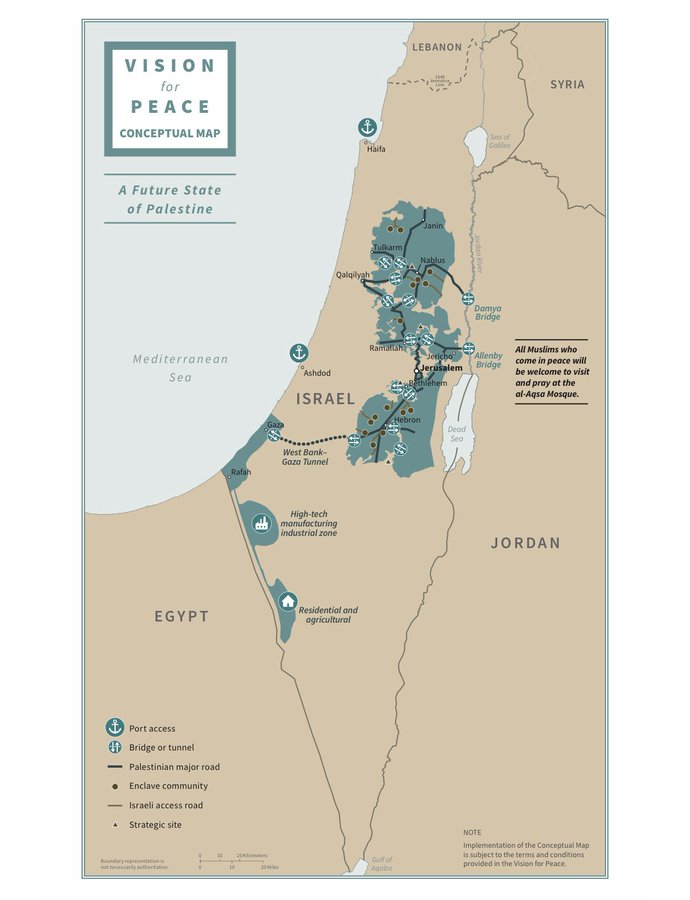

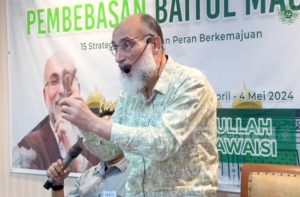

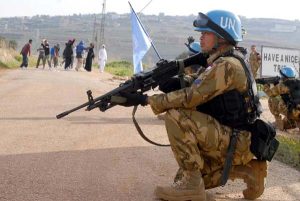

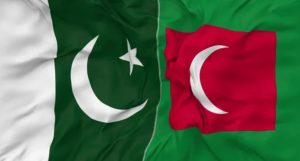



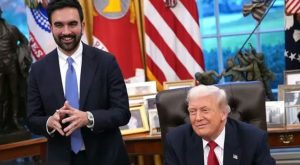
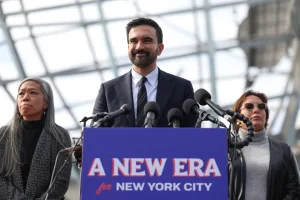
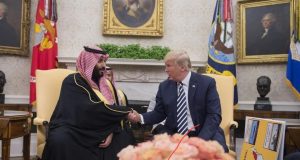
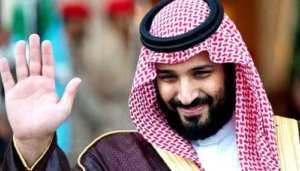
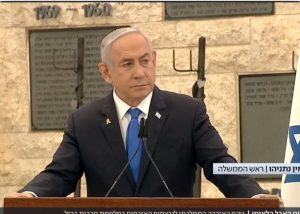
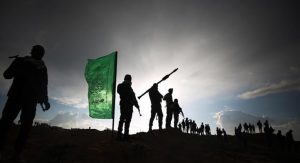










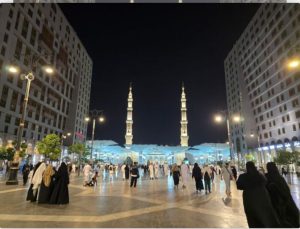



 Mina Indonesia
Mina Indonesia Mina Arabic
Mina Arabic